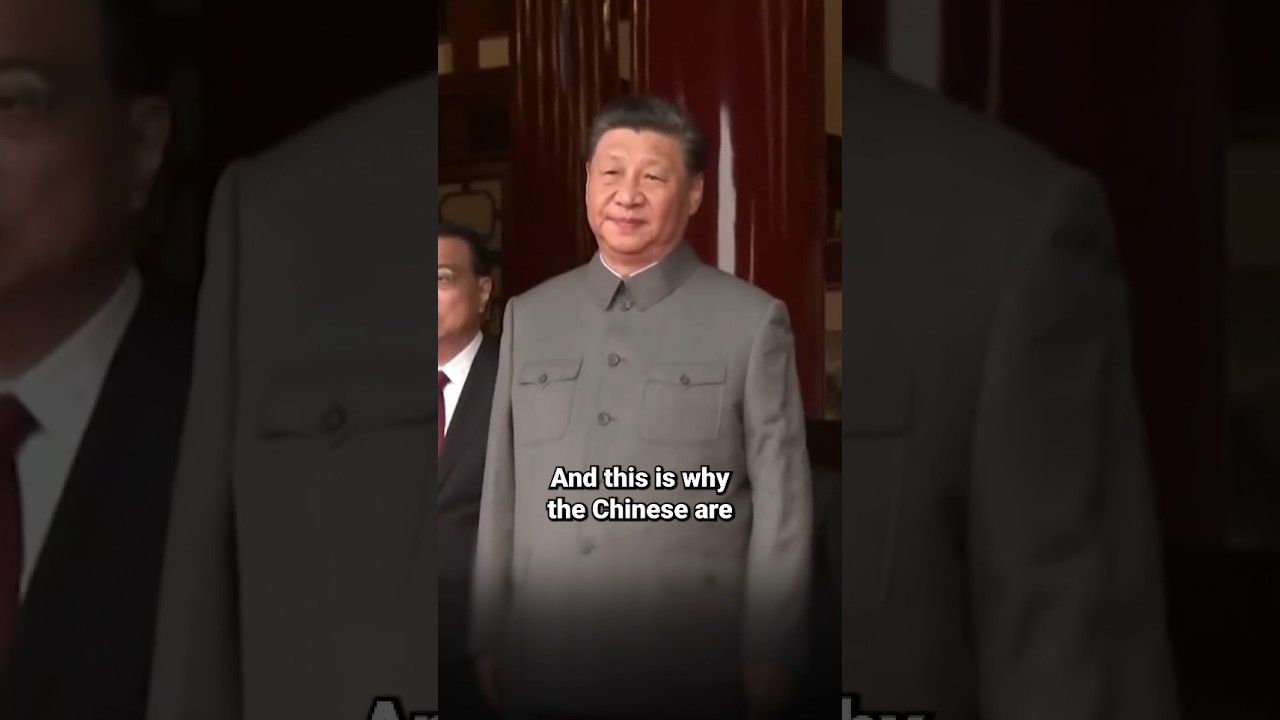The video analyzes the inefficiencies of the Soviet Union’s centralized economy and contrasts it with China’s more adaptable economic strategies, particularly in the tech sector, where companies like Deepseek operate amidst state influence. It highlights the geopolitical implications of China’s technological ambitions, especially in semiconductors, and the challenges the U.S. faces in maintaining its technological superiority.
The video discusses the unique economic system of the Soviet Union, highlighting its inefficiencies, particularly in production planning. The speaker reflects on the absurdity of a centralized economy that could dictate the production of specific goods, such as 10,000 tons of steel, without considering broader market needs. This historical context serves as a backdrop for understanding contemporary economic strategies in China, which are portrayed as more adaptable and capitalist in certain respects compared to the United States.
The conversation shifts to China’s current economic landscape, emphasizing its decentralized nature in the tech sector. The speaker mentions companies like Deepseek, questioning their relationship with the Chinese government and the extent of state support they receive. This raises concerns about how the Chinese government might centralize computing resources under a unified strategy, particularly in the context of AI and technology development.
A significant point made is the contrast between the U.S. and China regarding infrastructure and resource allocation. The U.S. faces challenges in building large data centers and necessary power infrastructure, which hampers its technological growth. In contrast, China is depicted as having a robust supply chain capable of generating substantial power, enabling rapid advancements in technology and manufacturing.
The discussion also touches on the geopolitical implications of China’s technological ambitions, particularly in the semiconductor industry. The speaker notes that the U.S. aims to restrict China’s ability to develop a domestic chip manufacturing industry that could surpass American capabilities. This is framed as a strategic move to maintain technological superiority, especially in the realm of artificial intelligence.
Overall, the video presents a critical analysis of the differences between the economic systems of the Soviet Union, contemporary China, and the United States. It underscores the complexities of global competition in technology and manufacturing, highlighting the strategic maneuvers each country employs to secure its position in the rapidly evolving tech landscape.
